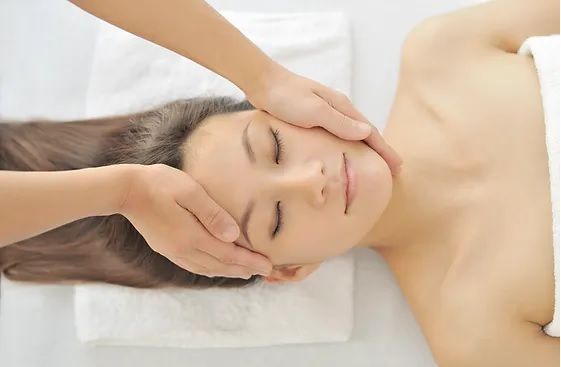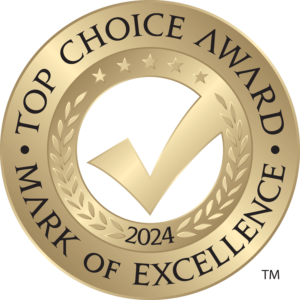
Myofascial facial massage is the most effective technique when working with the muscle and fascial layer since it is the muscles of the face that perform the frame function. Restoration of healthy muscle tone gives a smoothing effect on the face.
Fascia is a kind of frame of our body, a shell of dense connective fibers that permeate the entire human body. By acting on them, you can erase the traces of time from the face, making a person visually younger by about 5 years. It is the muscles that are the point of application of stress. Having worked each facial muscle separately, psychoemotional blocks are removed.
This massage is recommended for weakening and age-related drooping of facial tissues. Buccal techniques restore tone to facial tissues.
During the massage, not only the blood flow is stimulated, but also an unusual training of the facial muscles is carried out, which regain the lost strength and elasticity. As a result, you will get rid of mimic wrinkles and nasolabial folds, the skin will become softer, healthier, and brighter. Buccal techniques are also very effective for the double chin.
Cost:
60-70 Minutes $160
Package of 3 Sessions $420 (SAVE $60)
Package of 5 Sessions $650 (SAVE $150)
About Myofascial massage
What is Myofascial Facial Massage?
Myofascial facial massage involves gentle, sustained pressure and stretching techniques applied to the fascia, the connective tissue that surrounds muscles and organs. The goal is to release restrictions and improve the flow of blood and lymphatic fluid, promoting healing and relaxation.
Benefits of Myofascial Facial Massage
Pain Relief:
- Tension Headaches: Reduces the frequency and intensity of tension headaches by relieving muscle tightness.
- TMJ Disorders: Alleviates pain and discomfort associated with TMJ disorders by targeting the jaw and surrounding muscles.
Improved Facial Mobility:
- Increased Range of Motion: Enhances the flexibility and movement of facial muscles.
- Eases Stiffness: Reduces stiffness in the jaw, neck, and shoulders.
Skin Health and Appearance:
- Improved Circulation: Enhances blood flow, delivering more oxygen and nutrients to the skin.
- Lymphatic Drainage: Promotes the removal of toxins and reduces puffiness.
- Collagen Stimulation: Encourages collagen production, improving skin elasticity and reducing fine lines.
Stress Relief:
- Relaxation: Induces a deep state of relaxation, reducing stress and anxiety.
- Better Sleep: Can improve sleep quality by relieving muscle tension and promoting relaxation.
Techniques Used in Myofascial Facial Massage
Sustained Pressure:
- Application: Gentle, sustained pressure is applied to specific areas to release tension and tightness.
- Target Areas: Common target areas include the forehead, temples, jawline, and neck.
Stretching:
- Gentle Stretches: The therapist gently stretches the facial muscles and fascia to improve flexibility and release restrictions.
- Face and Neck: Techniques are applied to both the face and neck to ensure comprehensive relief.
Trigger Point Therapy:
- Identification: The therapist identifies and applies pressure to trigger points (tight areas that cause pain in other parts of the face).
- Release: Sustained pressure on these points helps release tension and alleviate referred pain.
Manual Lymphatic Drainage:
- Light Strokes: Gentle, rhythmic strokes are used to stimulate lymphatic flow.
- Detoxification: Helps reduce swelling and promote detoxification.
The Myofascial Facial Massage Experience
Consultation:
- Assessment: The therapist assesses your facial structure, identifies areas of tension, and discusses any specific concerns.
- Personalization: A customized treatment plan is developed based on your needs.
Preparation:
- Environment: The massage is typically performed in a quiet, relaxing environment.
- Comfort: You will lie on a massage table, and the therapist may use a combination of oils or lotions to facilitate smooth movements.
Massage Session:
- Techniques: The therapist uses a combination of sustained pressure, stretching, trigger point therapy, and lymphatic drainage techniques.
- Communication: It’s important to communicate with the therapist about your comfort level and any areas of pain.
Post-Treatment Care:
- Hydration: Drink plenty of water to help flush out toxins released during the massage.
- Relaxation: Allow yourself some time to relax and enjoy the benefits of the massage.
Choosing a Therapist
- Qualifications: Ensure the therapist is licensed and trained in myofascial release techniques.
- Experience: Look for a therapist with experience in facial massage and knowledge of facial anatomy.
- Reputation: Check reviews and testimonials from other clients.
Conclusion
Myofascial facial massage is an effective and holistic approach to relieving facial tension, improving skin health, and promoting overall relaxation. By targeting the fascia and muscles of the face, this specialized massage can provide significant relief from pain and enhance the appearance and function of the facial tissues. Consulting with a qualified therapist can help you achieve the best results tailored to your specific needs.



